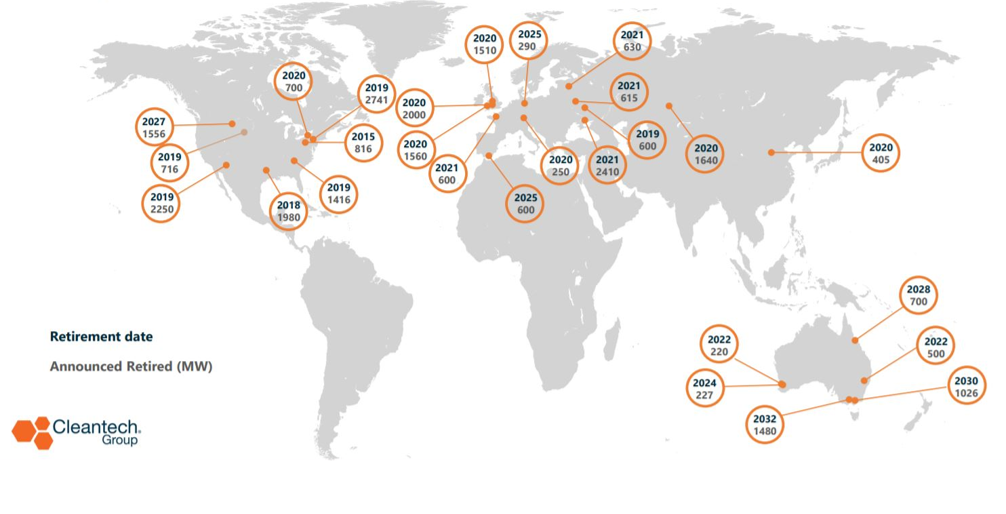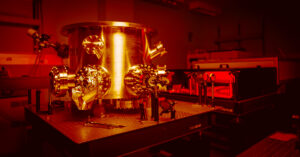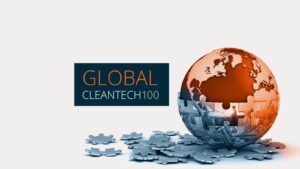Small-Scale Nuclear Power Plants – Have We Reached an Inflection Point?
Last week two barge-mounted reactors in Russia started providing electricity to the coastal town of Pevek, marking the official start of operations for the world’s first small modular reactors (SMR). It may look like the slow moving SMR market is finally reaching an inflection point.
Reliability and very high capacity factors are major assets of the current nuclear fleet, but safety, cost, environmental and security concerns must also be satisfied going forward. To have an impact, a global nuclear buildout will be needed as fossil-based systems are retired. SMR can provide a new route to clean power for grid and industry; heat and power; hybrid with renewables.
SMRs are much smaller than the typical huge installations usually associated with nuclear power generating plants. SMRs typically generate less than 300MW and down to 5MW, compared to Fukashima, which had six reactors producing 4.7 GW of electricity.
Driven by high capital cost of large power reactors and the need to service small electricity grids, there is a move towards small scale, modular reactor technology. If these systems can take advantage of the economies of scale, these small units could be much more manageable from an investment perspective.
Technology development
Today there are over 50 advanced nuclear technologies under development with many countries pursuing novel designs seeking to use nuclear technology for new and exciting applications. Nuclear technologies are evolving beyond light water reactors to encompass both small modular reactors and numerous advanced reactor concepts. These newer systems are being developed to deal with the volumes of toxic waste, which is produced.
- Current systems: Light Water Reactors requiring uranium enrichment.
- 2020 – 2025: Small Modular Reactors requiring slightly more fuel with uranium enrichment.
- 2025 – 2050: Development of systems which can use enriched and depleted uranium, or used nuclear fuel.
SMR development is proceeding in Western countries with increasing investment. The involvement of these new investors indicates a shift taking place from government-led and -funded nuclear R&D to that led by the private sector. In 2019, the SMR market was valued at $4.5 billion, driven increasing demand as coal and gas plants are decommissioned and cancelled.
Business Models
For supplying electricity, SMR systems will likely be deployed in brownfield sites in place of decommissioned coal-fired plants. The market for providing replacement for baseload capital continues to increase. Australia, for example, has 4.15GW of planned coal plants due to be retired in the next few years. Figure 1 shows some of the other planned closures. SMR systems also have potential to replace or compete directly with gas plants to provide seasonal grid balancing and baseload power. In California for example, during 2018:
- 1,279 MW of gas-fired capacity shut, SoCalEd shortlisted energy storage over gas projects for a capacity solicitation.
- NRG Energy canceled plans to build a 262-MW gas plant.
With the 2019 bill for electricity in the state to be generated from 100% zero-carbon energy by 2045, there will be opportunity for SMR to work alongside wind and solar.

There is another big opportunity in industrial processes for high temperature process applications. Currently, process heat for industrial processes is provided almost exclusively by the burning of fossil fuels and is the source of about 20% of U.S. energy-related CO2 emissions. High-temperature heat is needed for specific processes such as steam cracking to produce ethylene (~800 °C), the melting of iron ore14 for rolling of steel (~1,200 °C), and the calcination of limestone (~1,400 °C). Supplying this heat by means of nuclear could significantly reduce the impact of industrial emissions.
Furthermore, SMR heat can also be used as a feedstock for high-temperature electrolysis for sustainable hydrogen production, increasing efficiency and keeping costs of hydrogen production low. Innovator Terrestrial Energy is currently working with the US Department of Energy (DOE) to examine the efficiency, design and economics of its SMR plant producing carbon-free, industrial-scale hydrogen.
SMR systems are also an attractive energy source for large-scale water desalination. The thermal energy produced in a nuclear reactor can provide both electricity and steam to desalt water without the production of greenhouse gases. Innovator NuScale Power is working with the Utah Associated Municipal Power Systems Carbon Free Power Project to meet both energy and water needs while prioritizing conservation, which will be operational for commercial electricity generation by 2026.
The path the commercialization
Licensing is a commercialization hurdle for SMRs, as design certification, construction and operation license costs remain high, and the testing time is very lengthy. Despite being founded in 2007, NuScale Power for example, has only just completed the fourth phase of review of the design certification application for the company’s SMR. With additional testing phases, their first customer’s plant isn’t slated for operation until the mid-2020s. To that end, there is increasing trend towards design standardization, increasing construction efficiency, safety, and easier financing compared to larger plants.
As players in the space are passing key certification milestones, they are looking to industrial manufacturing partners across the supply chain to develop nuclear equipment at scale. Players such as Doosan Heavy Industries and Construction and Frazer-Nash Consultancy have already announced partnerships with a range of SMR innovators.
Competition
Large reactors and SMRs are not so much competing technologies as complementary partners. Large reactors produce huge amounts of reliable, low-cost, low-carbon electricity while SMRs expand the range of useful nuclear applications.
The US Government is heavily backing the SMR market, seeing Nuclear energy is a critical part of the country’s energy strategy. Last year the US DOE announced $50 million in funding for nuclear energy research, facility access, crosscutting technology development and infrastructure for 58 advanced nuclear technology projects in 25 states. The DOE has awarded more than $678 million through its university programs since 2009.
Start-ups are looking to innovate by lowering costs, mitigating risks, and better meeting the growing demand for low-carbon energy. Molten salt reactors, traveling wave reactors and small modular reactors are the three most developed solutions currently.
- Innovator NuScale Power has developed a new modular light water reactor nuclear power plant to supply energy for electrical generation, district heating, desalination, and other process heat applications. This small modular reactor (SMR) design features a fully factory-fabricated NuScale Power Module™ capable of generating 60 MW of electricity using a safer, smaller, and scalable version of pressurized water reactor technology. The majority investor in NuScale is Fluor Corporation, a global engineering, procurement, and construction company with a 60-year history in commercial nuclear power. NuScale continues to build out its supply chain and has signed agreements with companies that will offer technical expertise and will manufacture various components of the reactor. The most recent of these include Doosan Heavy Industries and Construction, Ltd. And Sargent and Lundy, both of which provided a cash investment in NuScale.
- Terrestrial Energy is an innovator developing an Integral Molten Salt Reactor, which uses a different nuclear technology for its Advanced Modular Reactor — molten salt fuel instead of conventional solid fuel, which they hope makes systems cost competitive and versatile. Their first plants are expected to come online the in the 2020s. Other innovators such as Yellowstone Energy, Seaborg and Elysium are also developing molten salt reactors.
- TerraPower has raised $35 million in venture investment from investors including Bill Gates and Kholsa Ventures. The company was founded in 2008 with aims to commercialize a traveling wave reactor system, a design that uses depleted uranium for fuel, which can help reduce global stockpiles of nuclear waste that pose environmental and proliferation risks
Russia’s new SMR plants will likely be followed by announcements across Europe and the United States, given the 227GW of coal plant retirements. There is an obvious need for decarbonization, and as small-scale nuclear reaches commercialization globally, solutions have the potential to be a cost competitive complement to other low-carbon renewable energy systems.


